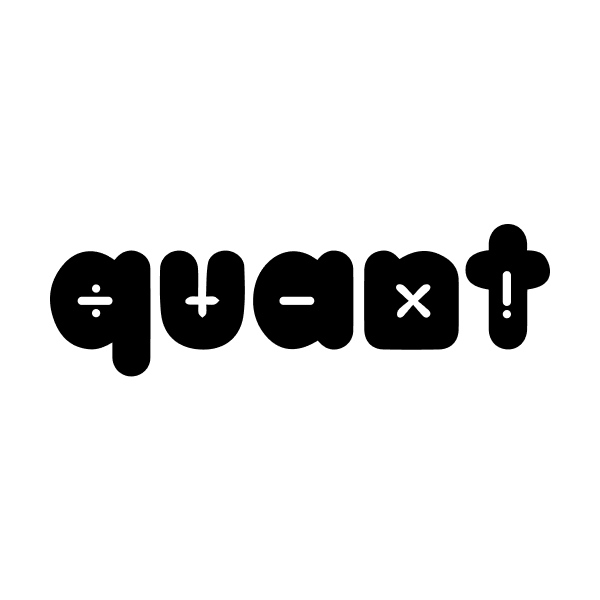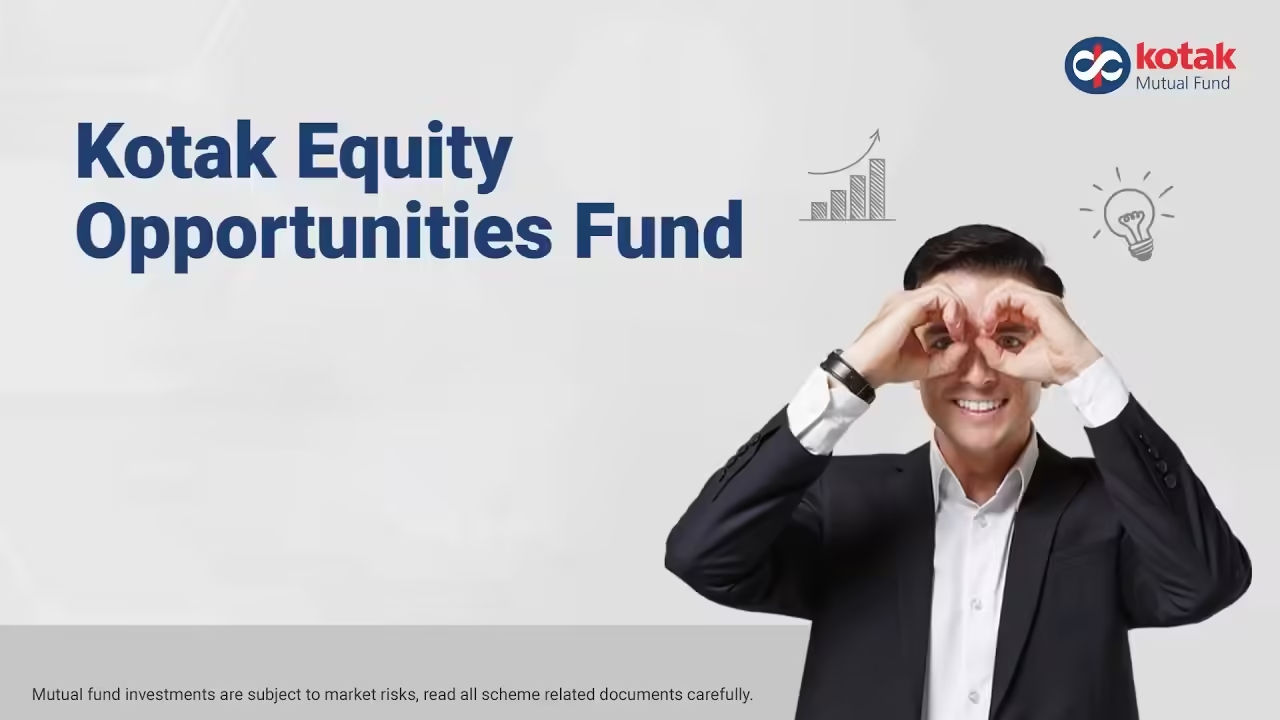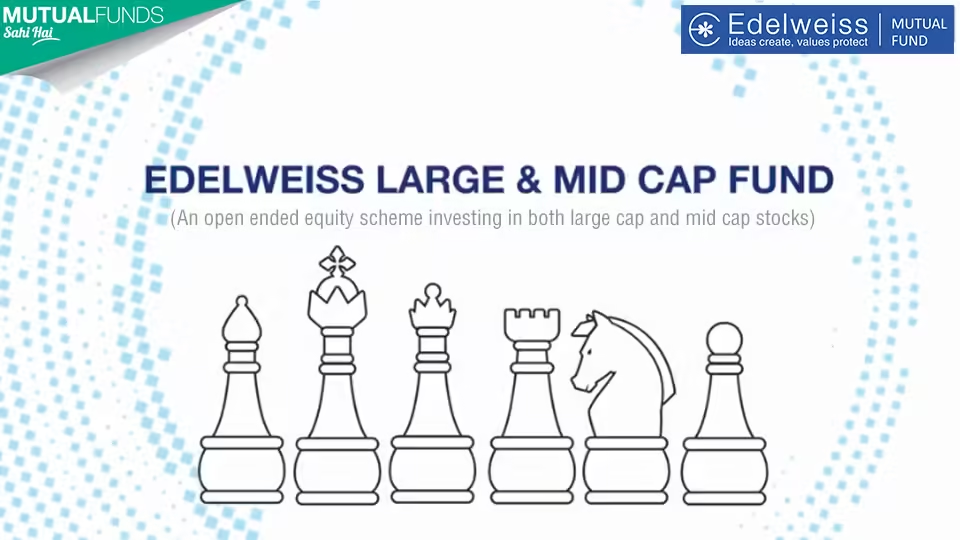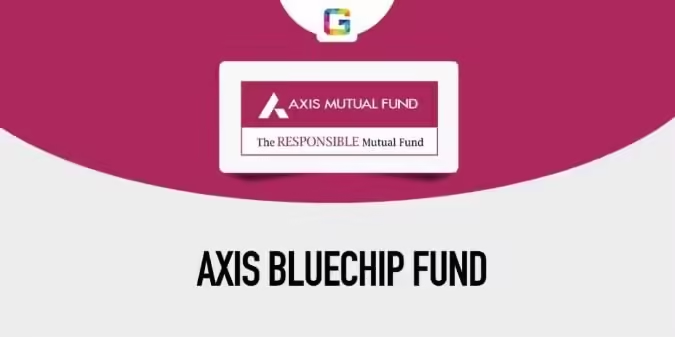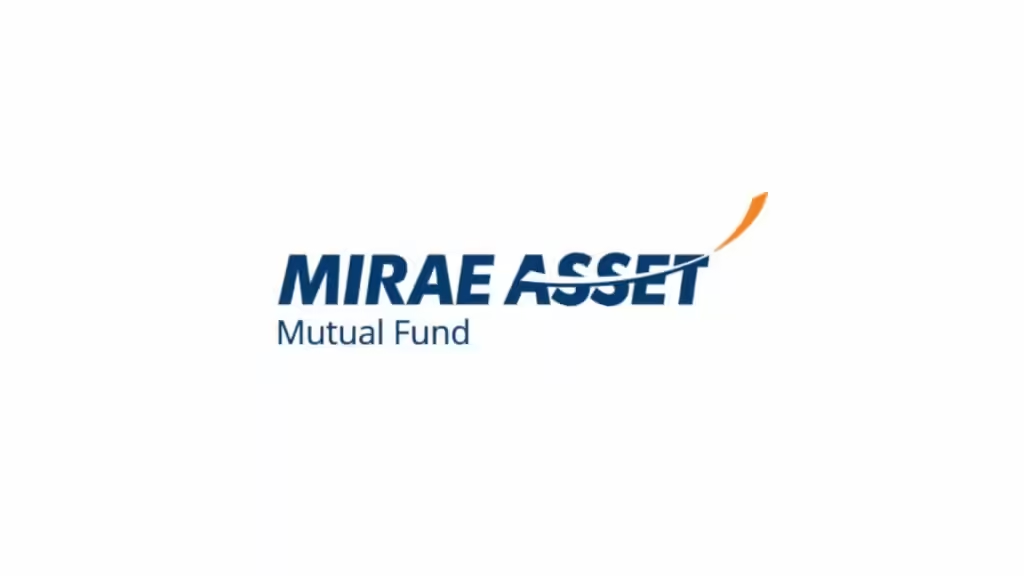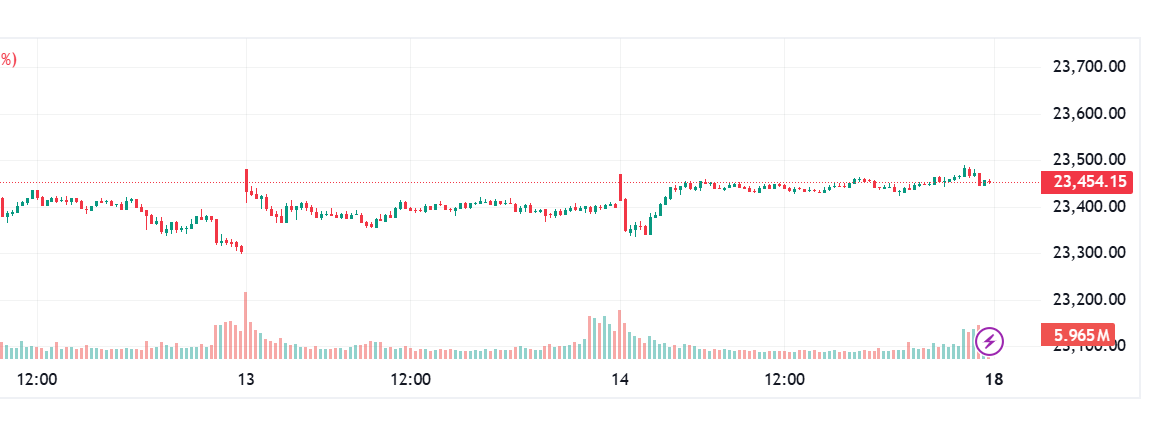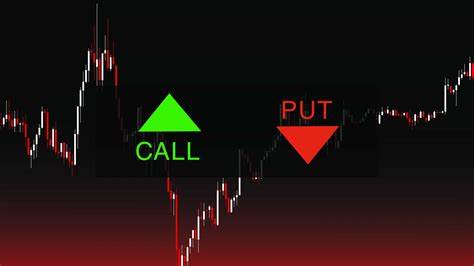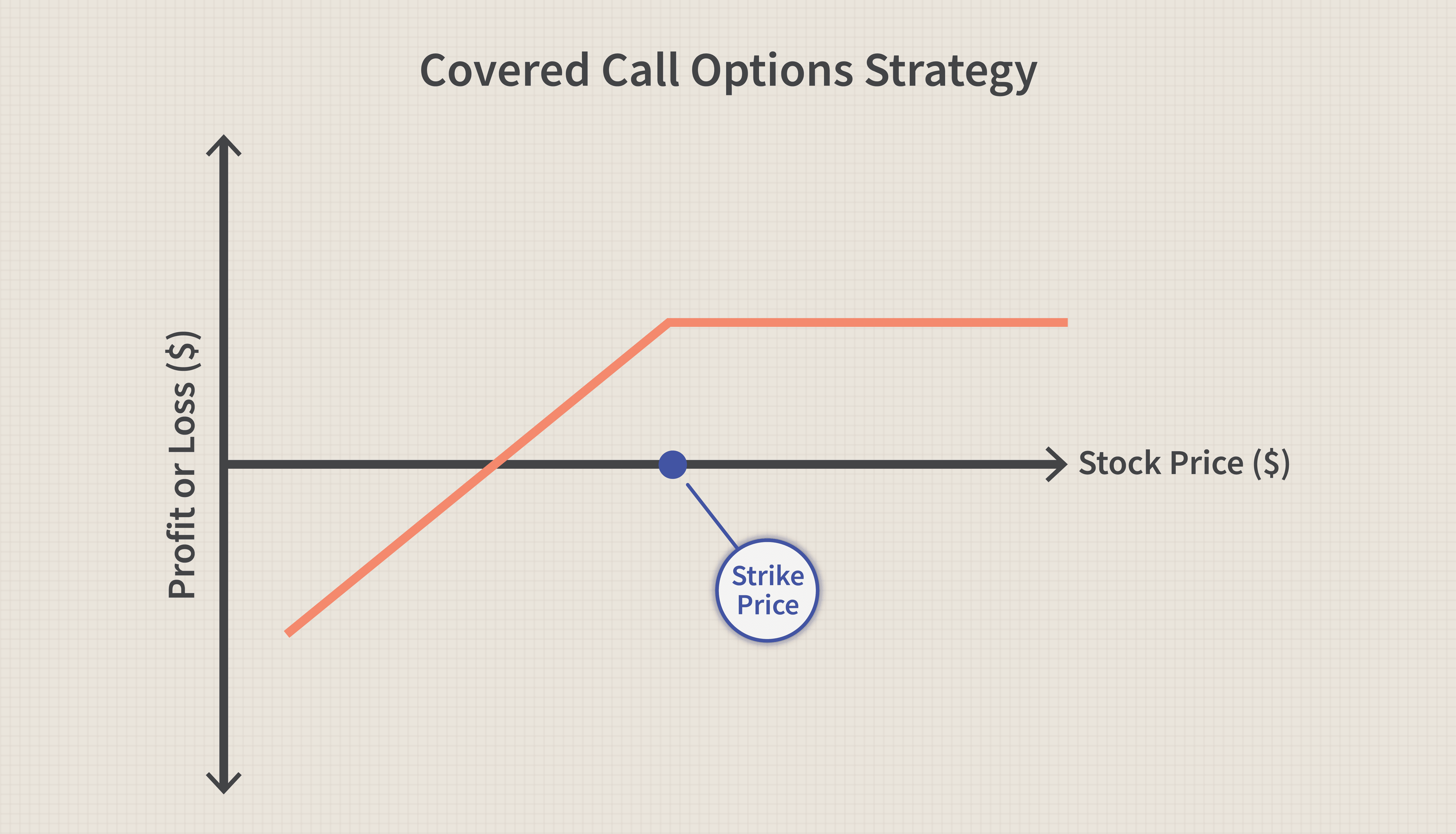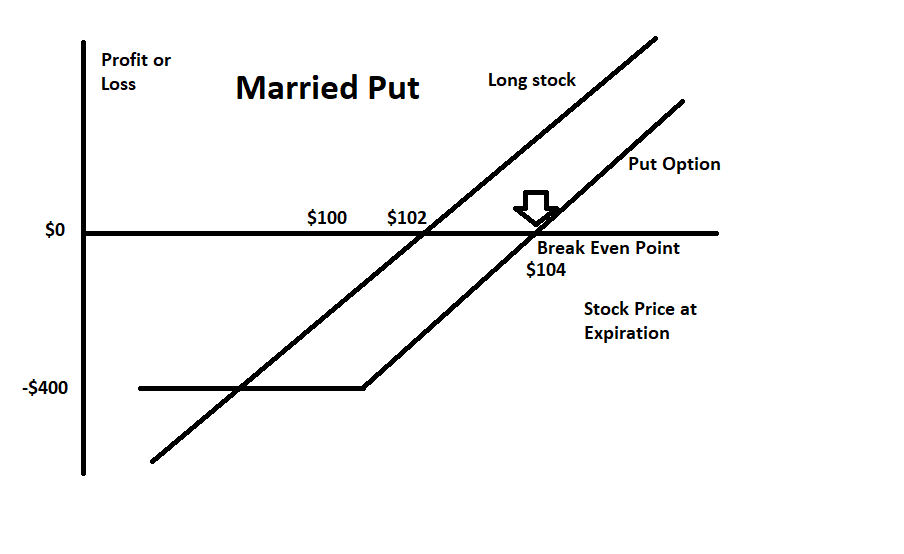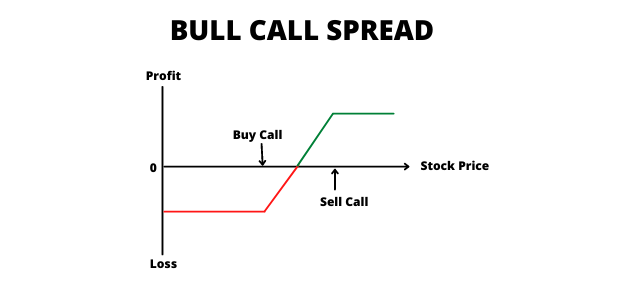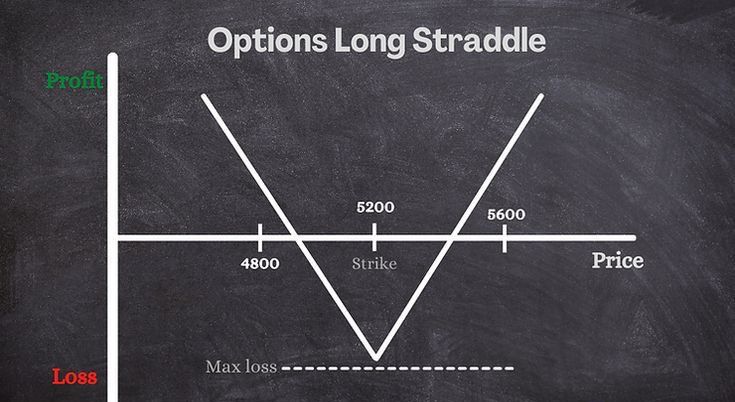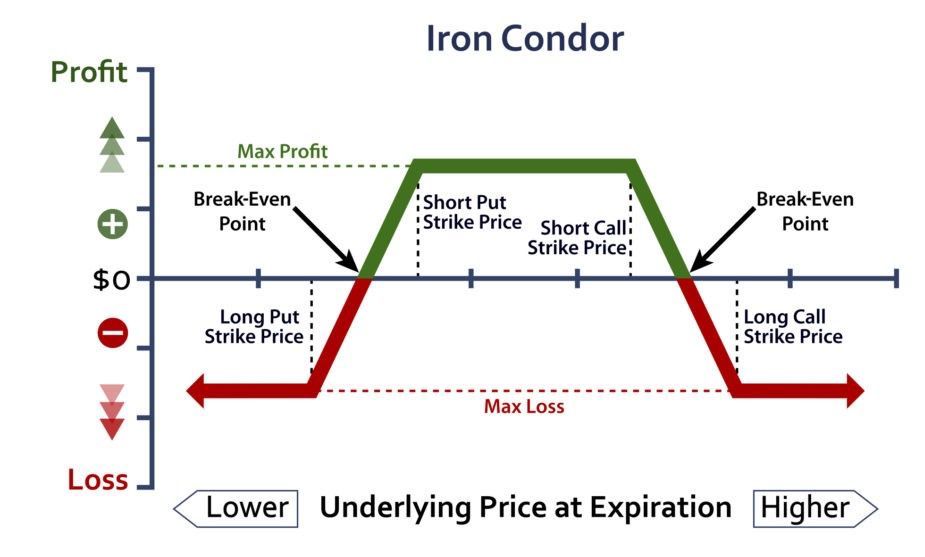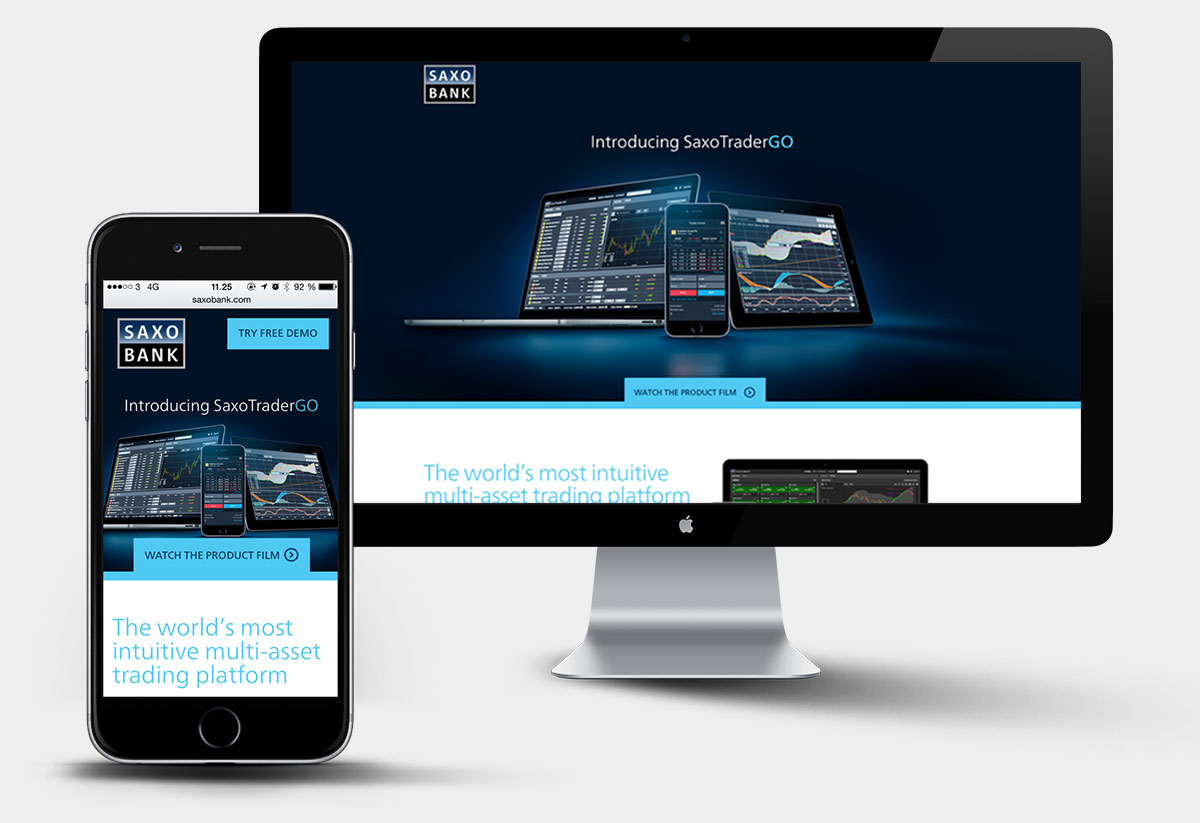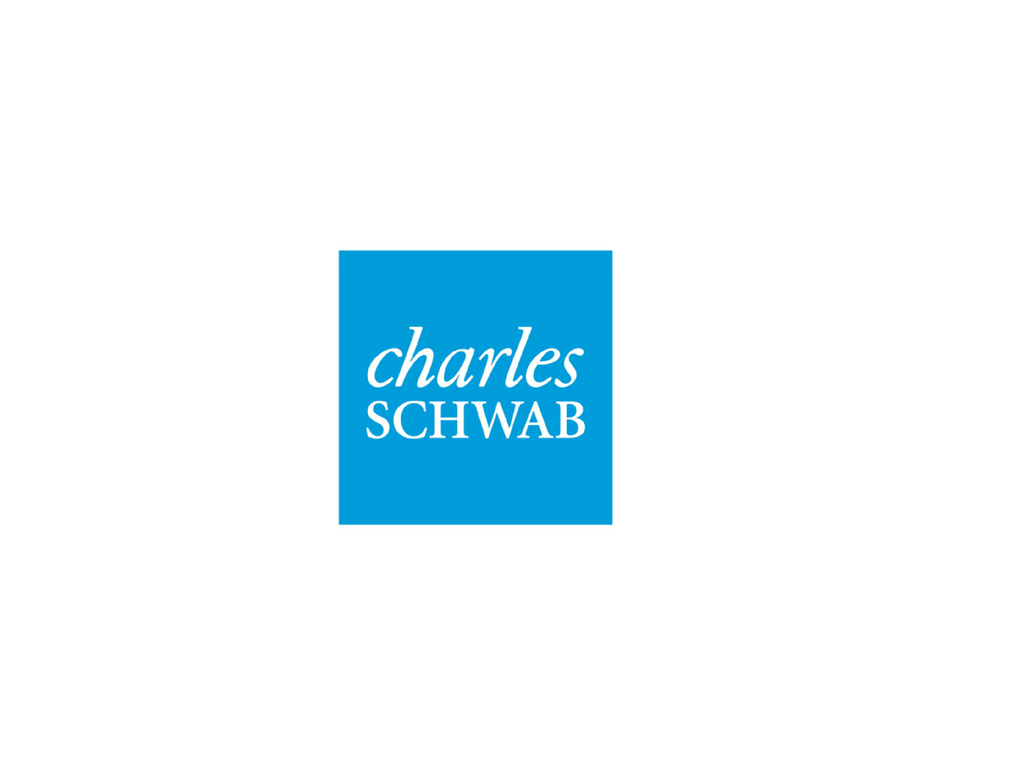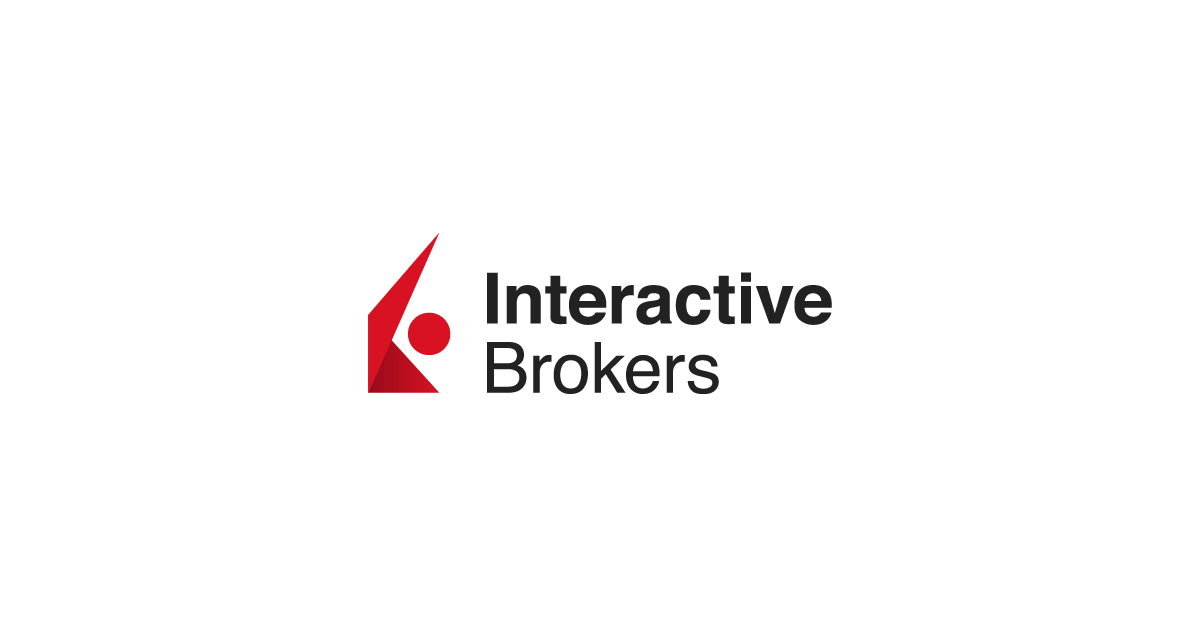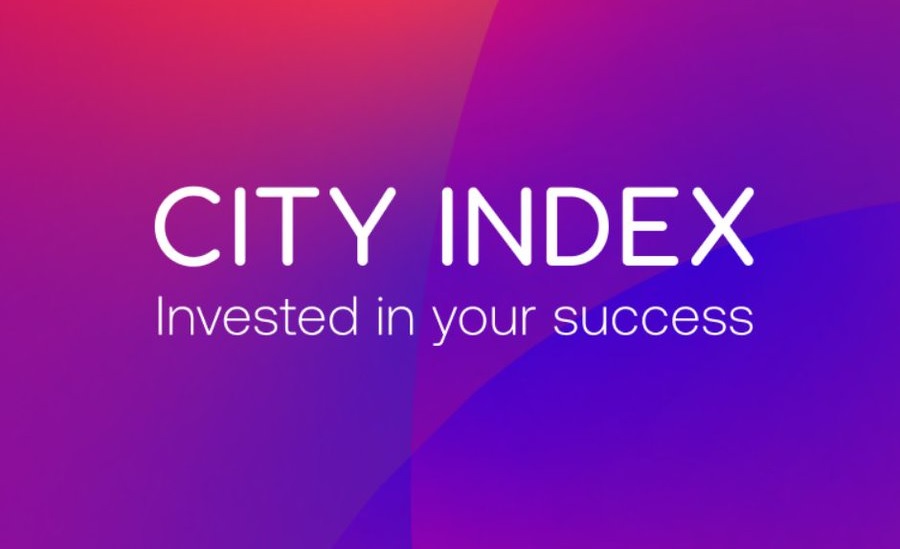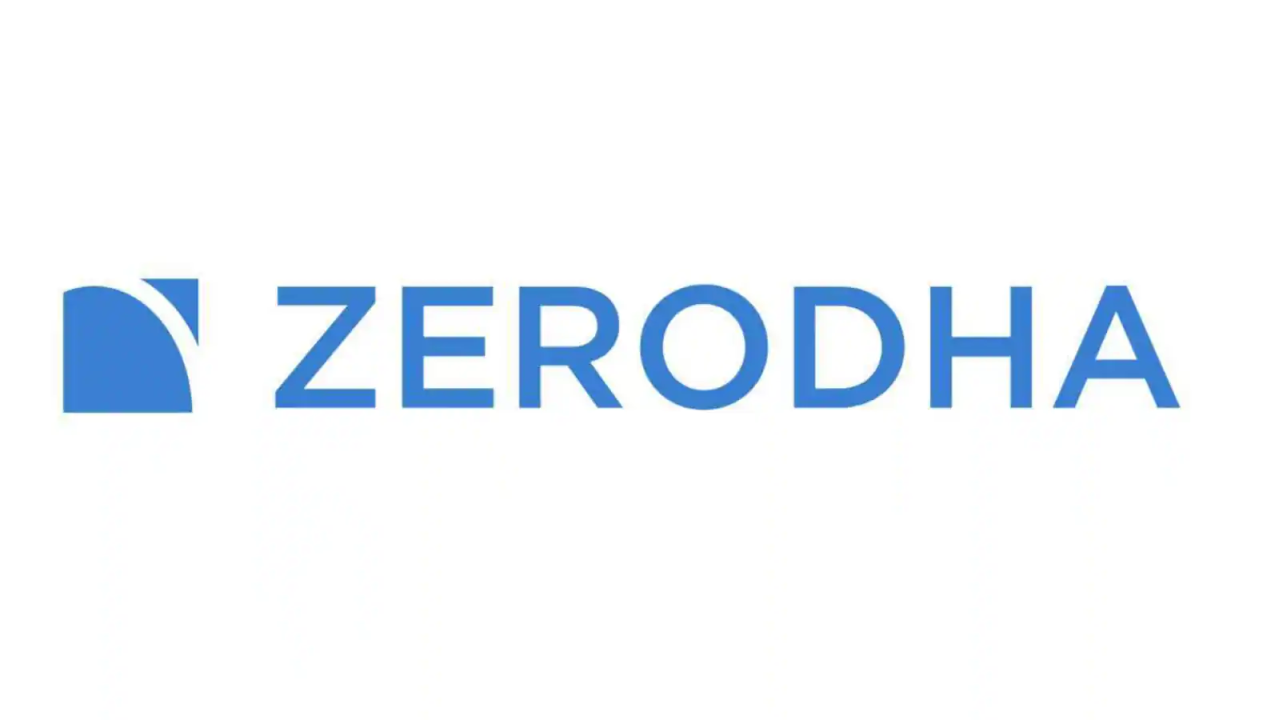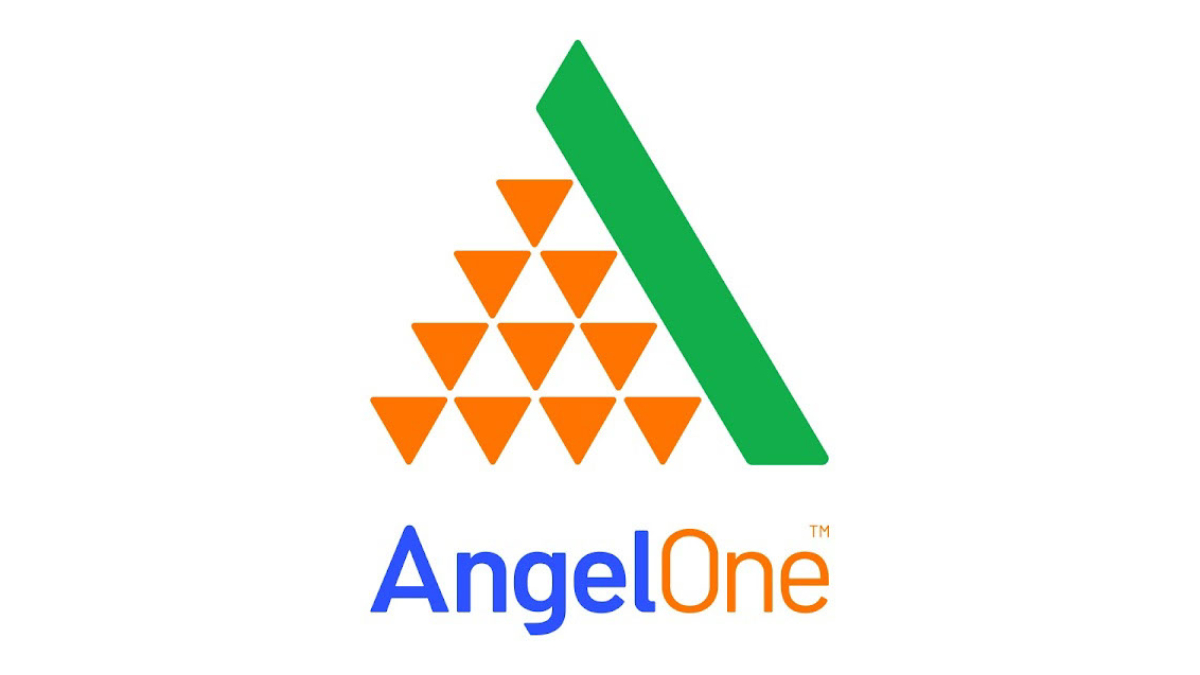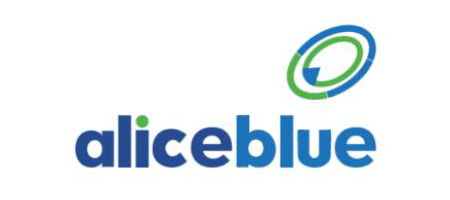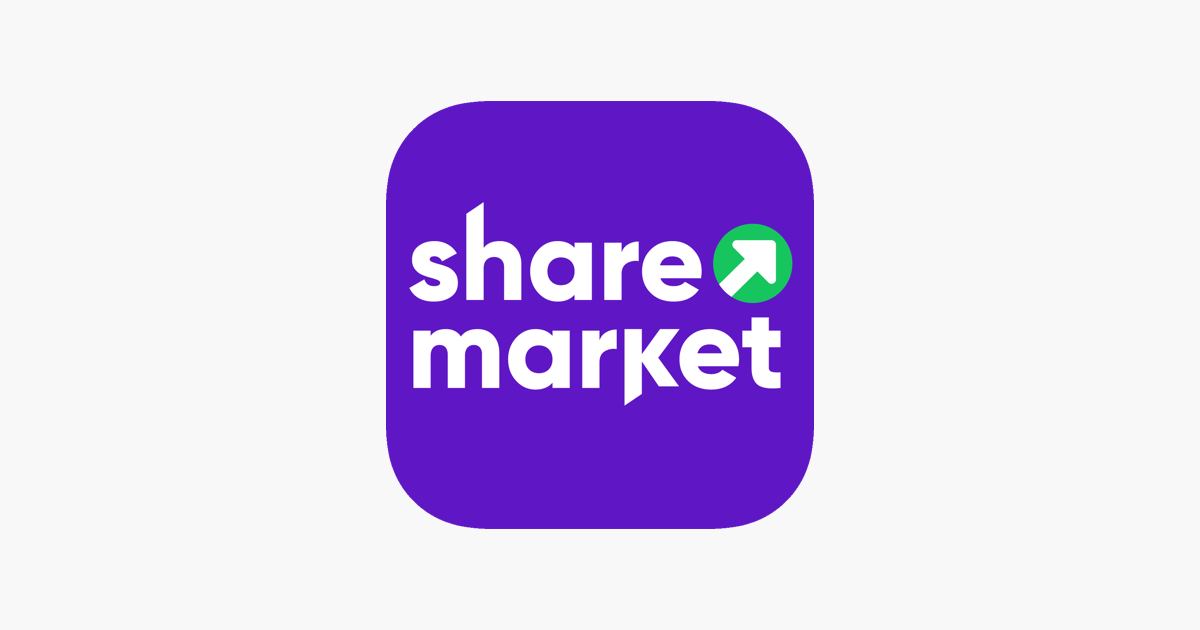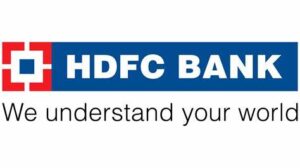The defense sector in India is a crucial component of the nation’s security and strategic capabilities. With a growing focus on modernizing its defense infrastructure and increasing indigenous production, India has become an attractive market for defense stocks. Investing in defense stocks can be a lucrative opportunity, especially given the sector’s growth potential and strategic importance.
Here’s a guide to some of the best defence stocks in India.
1. Bharat Electronics Limited (BEL)
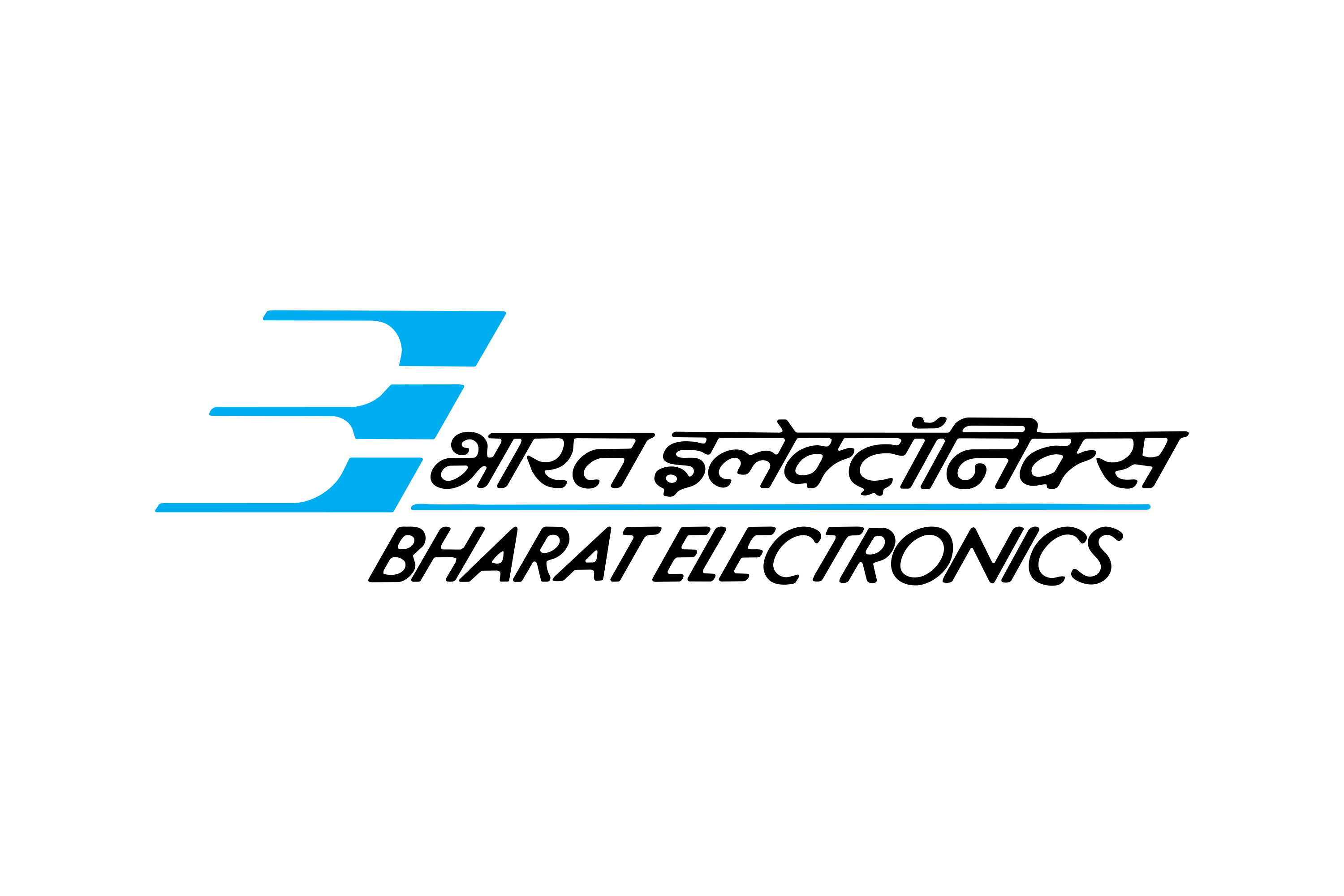
Overview:
Bharat Electronics Limited (BEL) is a leading Indian state-owned enterprise specializing in defense electronics. Established in 1954 and headquartered in Bengaluru, BEL plays a crucial role in India’s defense sector by providing advanced electronic solutions for military and civilian applications.
Key Products and Services:
- Defense Electronics: BEL manufactures radar systems, electronic warfare equipment, communication systems, and missile systems. Notable products include the Akash missile system and various radar systems.
- Civilian Electronics: The company produces railway signaling systems, solar energy solutions, and communication systems for public sector applications.
Financial Performance:
For the fiscal year 2023-24, BEL reported revenue of ₹25,340 crore, up 8% from the previous year. Net profit for the year stood at ₹3,940 crore, reflecting a 12% increase. The company’s strong financial performance is attributed to a substantial order book and ongoing government contracts.
Recent Developments:
- Technological Advancements: BEL continues to lead in defense electronics innovation with projects like the Smart Anti-Airfield Weapon (SAAW) and upgrades to air defense systems.
- International Expansion: BEL has secured several export contracts, including agreements to supply naval systems to Southeast Asian countries, and is expanding its global presence.
Strategic Initiatives:
- R&D Investment: BEL has allocated over ₹1,500 crore for research and development in the current fiscal year, focusing on next-generation defense electronics.
- Partnerships: The company is engaging in joint ventures and collaborations with private sector firms to enhance technology and manufacturing capabilities.
Last Three Years’ Returns:
- 2021: BEL’s stock delivered a return of approximately 23%, driven by strong financial performance and major defense contract wins.
- 2022: The stock returned around 18%, supported by steady revenue growth and successful project completions amidst global market challenges.
- 2023: The stock saw a significant return of about 30%, reflecting increased defense spending and successful international expansion efforts.
2. Hindustan Aeronautics Limited (HAL)
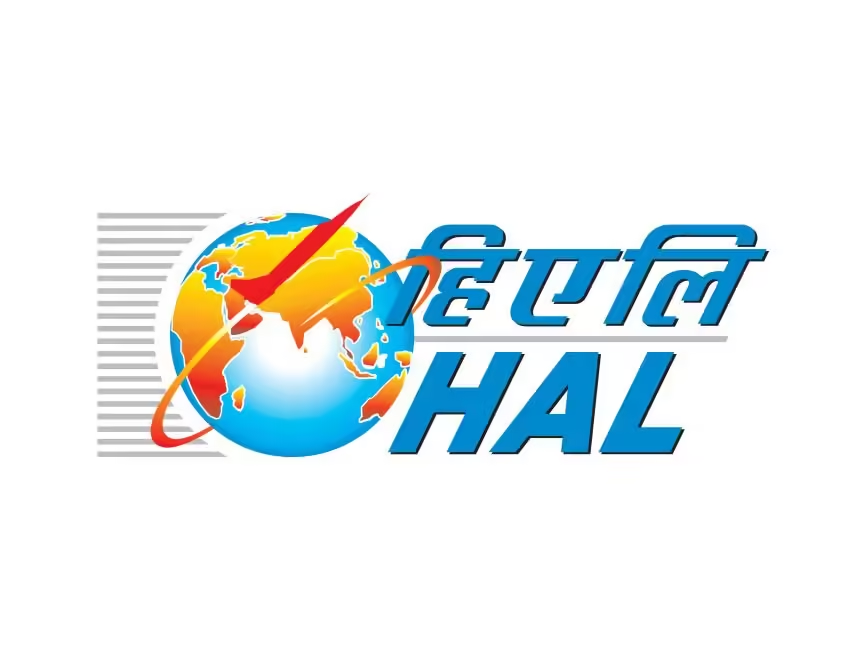
Overview:
Hindustan Aeronautics Limited (HAL) is a prominent Indian aerospace and defense company founded in 1940 and headquartered in Bengaluru. HAL is a leading player in aircraft manufacturing and maintenance, specializing in the development of combat aircraft, transport aircraft, and helicopters for both military and civilian applications.
Key Products and Services:
- Combat Aircraft: HAL manufactures a range of fighter aircraft, including the Light Combat Aircraft (LCA) Tejas and the Su-30MKI.
- Transport Aircraft: The company produces the Dornier 228 and the Light Utility Helicopter (LUH).
- Helicopters: HAL is involved in the production of various helicopters, including the Dhruv and the Apache.
Financial Performance:
For the fiscal year 2023-24, HAL reported revenue of ₹28,250 crore, marking a growth of approximately 12% from the previous year. The net profit for the year was ₹4,560 crore, reflecting a 15% increase, driven by strong demand for its products and substantial government contracts.
Recent Developments:
- Technological Advancements: HAL is advancing its capabilities with the development of next-generation aircraft, such as the Advanced Medium Combat Aircraft (AMCA) and the fifth-generation fighter aircraft program.
- International Contracts: The company has secured several international contracts, including agreements for the export of helicopters and aircraft components to various countries.
Strategic Initiatives:
- R&D Investment: HAL has allocated over ₹2,000 crore for research and development to enhance its product offerings and stay competitive in the global aerospace market.
- Collaborations: The company is engaged in various partnerships with international defense firms to collaborate on technology transfers and joint projects.
Last Three Years’ Returns:
- 2021: HAL’s stock delivered a return of approximately 18%, driven by strong financial performance and successful defense contracts.
- 2022: The stock returned around 22%, supported by steady growth in revenue and the successful rollout of key projects.
- 2023: The stock saw a notable return of about 28%, reflecting increased defense spending by the Indian government and expanding international business.
3. Bharat Dynamics Limited (BDL)
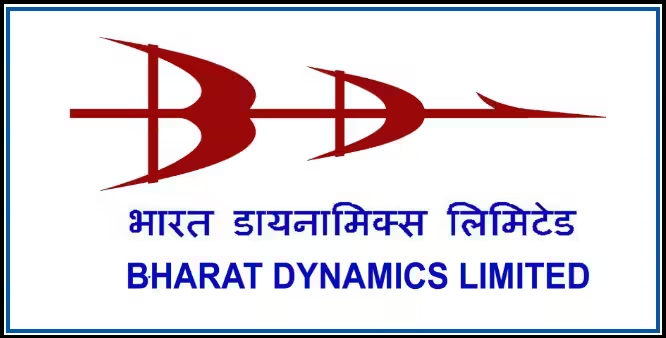
Overview:
Bharat Dynamics Limited (BDL) is a leading defensce public sector undertaking in India, specializing in the production of missiles and missile systems. Established in 1970 and headquartered in Hyderabad, BDL plays a critical role in enhancing India’s defense capabilities through its advanced missile technology.
Key Products and Services:
- Missiles: BDL manufactures a variety of missile systems, including surface-to-surface missiles (e.g., Prithvi and Agni series), surface-to-air missiles (e.g., Akash), and anti-tank guided missiles (e.g., Nag).
- Missile Launchers: The company produces launchers and associated systems for its missile products.
- Maintenance and Upgrades: BDL provides maintenance, upgrades, and support services for its missile systems to ensure their operational readiness.
Financial Performance:
For the fiscal year 2023-24, BDL reported a revenue of ₹8,950 crore, reflecting an increase of approximately 15% from the previous year. The net profit for the year was ₹1,350 crore, representing a 20% rise. The company’s strong financial performance is supported by a growing order book and ongoing government contracts.
Recent Developments:
- New Projects: BDL has been involved in several new projects, including the production of next-generation missile systems and upgrades to existing platforms.
- Export Contracts: The company is expanding its presence in international markets with new export contracts for missile systems and technology.
Strategic Initiatives:
- R&D Investment: BDL continues to invest in research and development to advance its missile technology and expand its product offerings. The current fiscal year sees a significant allocation towards R&D to drive innovation.
- Collaborations: The company is working closely with other defense PSUs and private sector firms to enhance its capabilities and integrate new technologies into its missile systems.
Last Three Years’ Returns:
- 2021: BDL’s stock delivered a return of approximately 25%, driven by strong performance in defense contracts and growing demand for missile systems.
- 2022: The stock saw a return of around 18%, supported by consistent revenue growth and successful project executions.
- 2023: The stock experienced a notable return of about 30%, reflecting the company’s expanding order book and increased defense spending by the Indian government.
4. Mazagon Dock Shipbuilders Limited (MDL)
Overview:
Mazagon Dock Shipbuilders Limited (MDL) is a premier shipbuilding company in India, specializing in the design, construction, and maintenance of naval ships and submarines. Established in 1934 and headquartered in Mumbai, MDL plays a crucial role in the Indian Navy’s fleet modernization and expansion.
Key Products and Services:
- Submarines: MDL is known for building Scorpène-class submarines, part of the Indian Navy’s submarine fleet, and is involved in future submarine programs.
- Naval Ships: The company constructs various naval vessels, including frigates, destroyers, and corvettes. Recent projects include the Kolkata-class destroyers and the Kamorta-class corvettes.
- Ship Repairs and Upgrades: MDL provides comprehensive repair and maintenance services for naval and commercial ships, ensuring their operational readiness.
Financial Performance:
For the fiscal year 2023-24, MDL reported a revenue of ₹12,450 crore, reflecting an increase of approximately 10% from the previous year. The net profit for the year was ₹2,200 crore, marking a 12% rise. The company’s financial stability is driven by its substantial order book and ongoing defense contracts.
Recent Developments:
- New Orders: MDL has secured several new orders for naval vessels, including advanced destroyers and corvettes, which are expected to enhance its revenue and market position.
- Modernization: The company is investing in modernizing its shipbuilding facilities and technologies to improve efficiency and capability.
Strategic Initiatives:
- Technology Upgradation: MDL is focused on upgrading its shipbuilding technology and facilities to support the construction of advanced naval platforms.
- Collaborations: The company is engaging in collaborations with international defense firms and technology providers to enhance its capabilities and product offerings.
Last Three Years’ Returns:
- 2021: MDL’s stock delivered a return of approximately 20%, supported by strong performance in shipbuilding and a growing order book.
- 2022: The stock saw a return of around 15%, driven by consistent revenue growth and successful execution of key projects.
- 2023: The stock experienced a significant return of about 25%, reflecting the company’s expanding order book and increased defense spending by the Indian government.
5. Godrej & Boyce Manufacturing Company Limited
Overview:
Godrej & Boyce Manufacturing Company Limited, part of the Godrej Group, is a diversified Indian conglomerate established in 1897 and headquartered in Mumbai. The company operates across various sectors, including consumer goods, appliances, industrial products, and defense. In the defense sector, it focuses on providing defense solutions and technologies.
Key Products and Services:
- Defense Solutions: Godrej & Boyce’s defense segment includes various products and solutions such as defense electronics, aerospace components, and security systems.
- Industrial Products: The company manufactures equipment and systems used in industrial applications, including automation and control systems.
- Consumer Goods: Beyond defense, Godrej & Boyce produces a range of consumer goods, including appliances, furniture, and security solutions.
Financial Performance:
For the fiscal year 2023-24, Godrej & Boyce Manufacturing reported revenue of ₹28,200 crore, reflecting a growth of approximately 12% from the previous year. The net profit for the year was ₹2,650 crore, showing a 15% increase. The company’s strong performance is driven by its diverse business portfolio and significant defense contracts.
Recent Developments:
- Defense Contracts: Godrej & Boyce has been involved in several significant defense projects, including supplying components and systems for defense applications.
- Technological Advancements: The company is investing in advanced technologies and innovation to enhance its defense offerings and stay competitive in the sector.
Strategic Initiatives:
- R&D Investment: The company continues to invest in research and development to drive technological advancements and expand its defense product range.
- Collaborations: Godrej & Boyce is engaged in collaborations with various defense agencies and private sector firms to integrate new technologies and improve its defense solutions.
Last Three Years’ Returns:
- 2021: The stock delivered a return of approximately 18%, driven by strong performance across its diversified business segments, including defense.
- 2022: The stock saw a return of around 22%, supported by steady growth in revenue and successful execution of key projects.
- 2023: The stock experienced a notable return of about 30%, reflecting the company’s robust financial performance and expanding presence in the defense sector.






